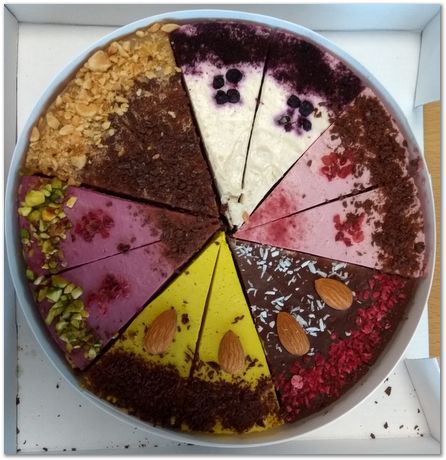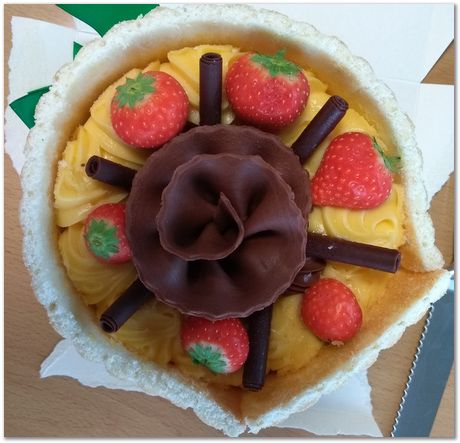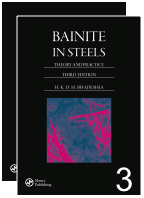
This cake, baked by Sarah Martin, illustrates twinning, with the crystal planes reflected across the twin boundary. Definitely a Type I twin, not mechanical because it does not have a lenticular shape. A consequence of the heat-treatment leading to annealing twins.

Here there are mirror plane paralllel to the vertical axis.

Clearly a screw axis normal to the broad plane of the cake. In fact, a screw hexad.

EBSD cake made by Soraya von Willingh (in the foreground), University of Cape Town, South Africa, in honour of Karine who was leaving for Brazil.

EBSD stands for electron back-scattered diffraction. The junctions between the grain boundaries on the cake are not at equilibrium. Soraya has many other creations related to cakes and is the Scientific Officer at the Centre for Materials Engineering.

Rapidly growing plants for bio-fuel.

